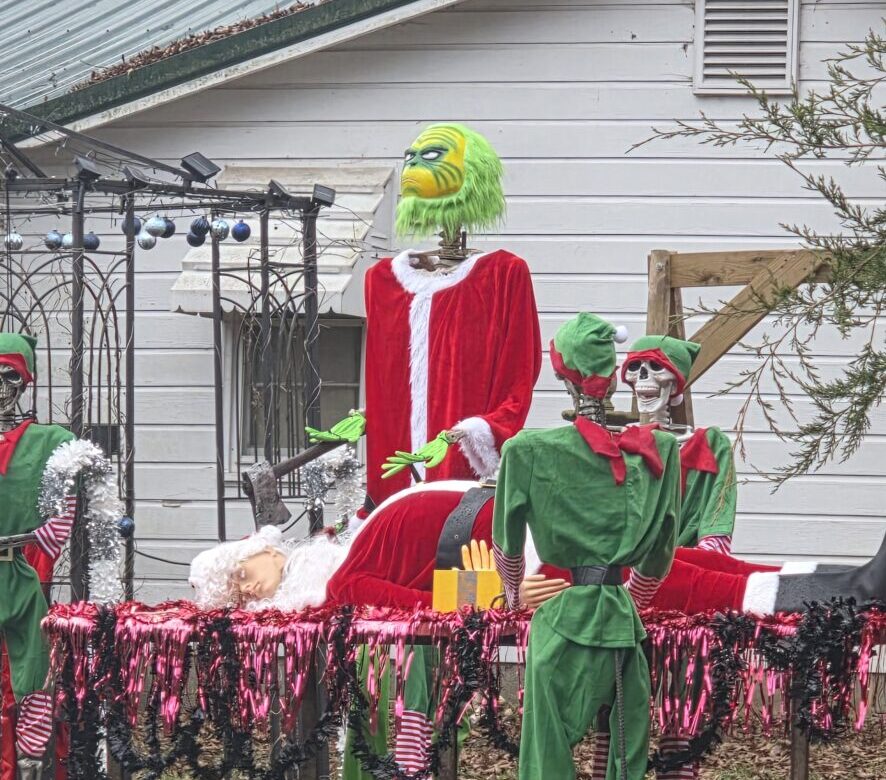Coming up on Sunday, March 9th, it will once again be time to “Spring Forward” on our clocks. Will this practice though soon be coming to an end? It is possible, as governing bodies in State Houses across the nation, all the way up to President Trump in the Oval Office have either mentioned, or put into action legislation to end the practice and finally chose a side. The battle of how we mark time has a long history in the US.
Daylight Savings time begins on the Second Sunday in March in the US, and ends on the First Sunday in November. Hence the popular saying, “Spring Forward, Fall Back.” It is implemented at 2AM on the designated Sunday. That means that we are under “Daylight Savings Time” for about 65 Percent of the year.
Daylight Savings time was first used in the United States in 1918 during World War One, although it was proposed by Benjamin Franklin as early as 1784. Germany led the way with introducing the practice to Europe at the start of May in 1916. The United States would not follow until passing the Standard Time Act on March 19th, 1918. The reasoning behind it had to do with using available daylight hours to preserve fuel.
The idea faired well with some in cities, but was unpopular in more rural areas, where farmers did not care for the fact that it limited their productive morning hours to perform farm chores, and get their day going. Woodrow Wilson was in favor of keeping the act in place, but Congress overrode his veto, and won that big clock fight, which ended it up until we once again were in a World War in Feburary of 1942. President Roosevelt instituted a year round Day Light Savings time called “War Time.” From there, it begins to get really complicated.
From 1945 to 1966 there was no federal law on daylight saving time, so localities could choose when it began and ended or drop it entirely. A complicated patchwork of daylight saving policies that varied in length and by city, state, and municipality emerged. As of 1954, only California and Nevada had state-wide DST west of the Mississippi, and only a few cities between Nevada and St. Louis. In the 1964 Official Railway Guide, 21 of the 48 contiguous states had no DST anywhere. By 1965, there were eighteen states that observed daylight saving for six months each year, eighteen states that did not have formal policies but held cities or towns with their own daylight saving standards and another twelve states that did not implement daylight saving at all. Meanwhile, portions of North Dakota and Texas observed a sort of “reverse” daylight saving time, essentially setting their clocks back an hour rather than moving them forward.
Confused yet? In the words of the great rock band Chicago, “Does Anybody Really Know What Time It Is?”
In 1964, then President Johnson, attempted to build a little clarity with passing the Uniform Time Act of 1966. Clocks would be advanced one hour beginning at 2:00 a.m. on the last Sunday in April and turned back one hour at 2:00 a.m. on the last Sunday in October. States were allowed to exempt themselves from DST as long as the entire state did so. The newly created Department of Transportation was given power to enforce the law. Of course this still lead to people being on different times, all over the country.
In 1973, there was another effort to go back to uniformity during the Oil embargo, again to conserve fuel. There was a lot of debate on the pros and cons, with people picking a side, and arguing the matter, but no real consensus. A breaking point in the popularity of the law came out of Florida. 8 children were killed in early morning lower light accidents attempting to make it to school. Governor Ruben Askew asked the law be repealed. It would seem the nation agreed, as public support for the mandated, universal time had dropped from almost 80 Percent of Americans on board, to only 42% in support. This led to some schools moving back to a later start, with others continuing to start earlier in the morning.
There were again changes from 1975-1986, and again from 2005-2009. It seems everyone has an opinion on the benefits or the draw backs of ditching the practice all together, and remaining on Daylight savings time for good, or ditching it and going to Standard Time. Environmental groups look at it from an energy consumption standpoint. Golf courses and outdoor recreational businesses say they make more money remaining open in the evenings with more daylight hours. It seems from most polls, the majority of Americans would prefer to keep Daylight Savings time as the year round model. We would stop with all the confusing switching. Health advocates also believe it is better for our bodies and sleep to remain on a consistent measure of time. Yet, some states would argue to due to geographical differences, this would not be the best option to them. The same arguments would be to use Standard Time as opposed to Daylight Savings, to have more daylight in the morning, that the need for later daylight hours in the day is no longer applicable.
It seems there will never be a universal agreement on which option is best. President Trump though has entered the fray. Without saying which side of the fight he is on, the switching back and forth, he believes, is inconvenient and costly. If he gets his way, the federal government could once again step up and set the standard across the country, and stop the practice of swapping back and forth. This may help you in not being late, or early, depending on the time of year for church in the morning, but would it help the country as a whole? Benjamin Franklin, who we mentioned was one of the first two timers, once famously said “Time is Money.” It looks like now, it could be who puts the most money forward that will determine how we tell time.




